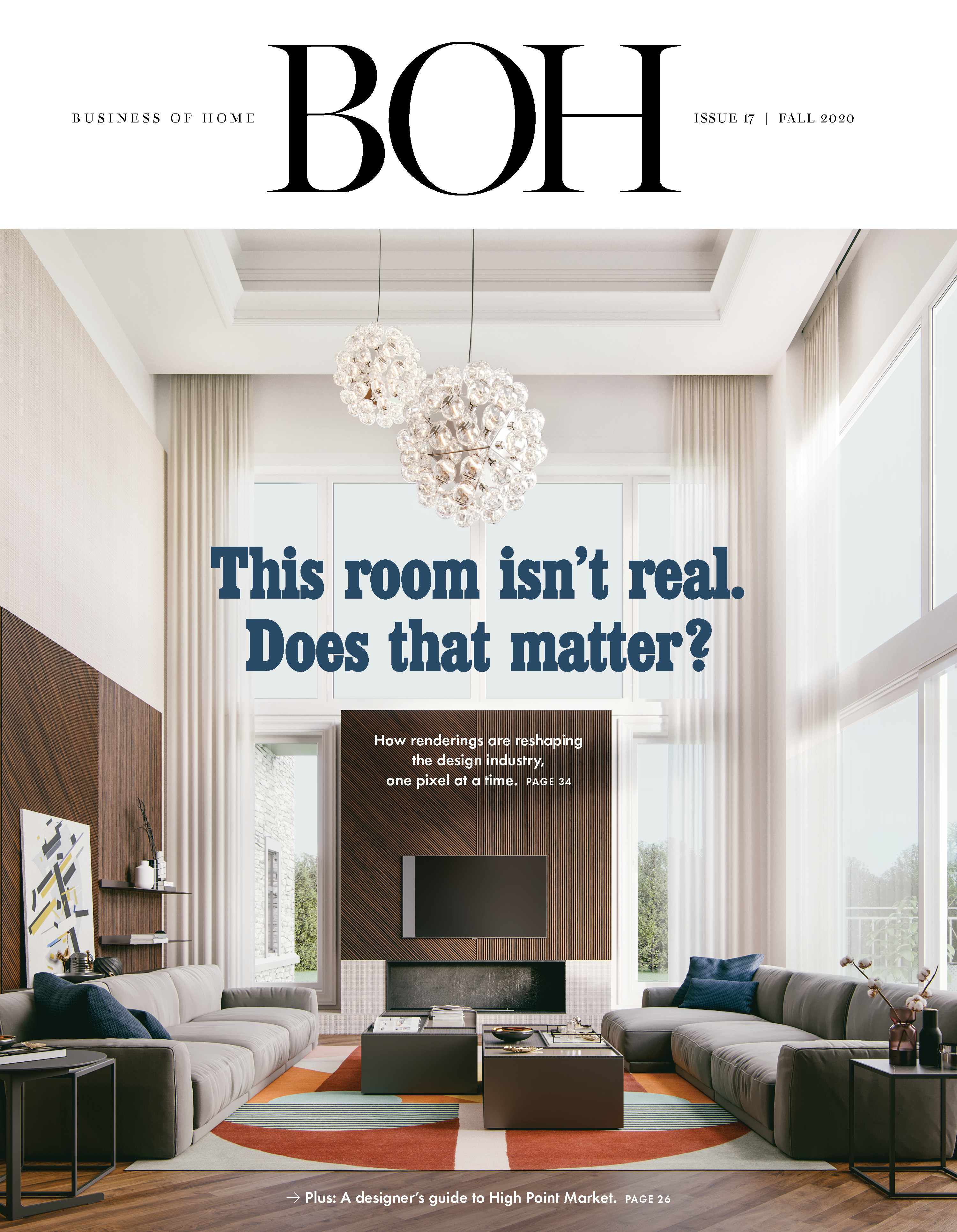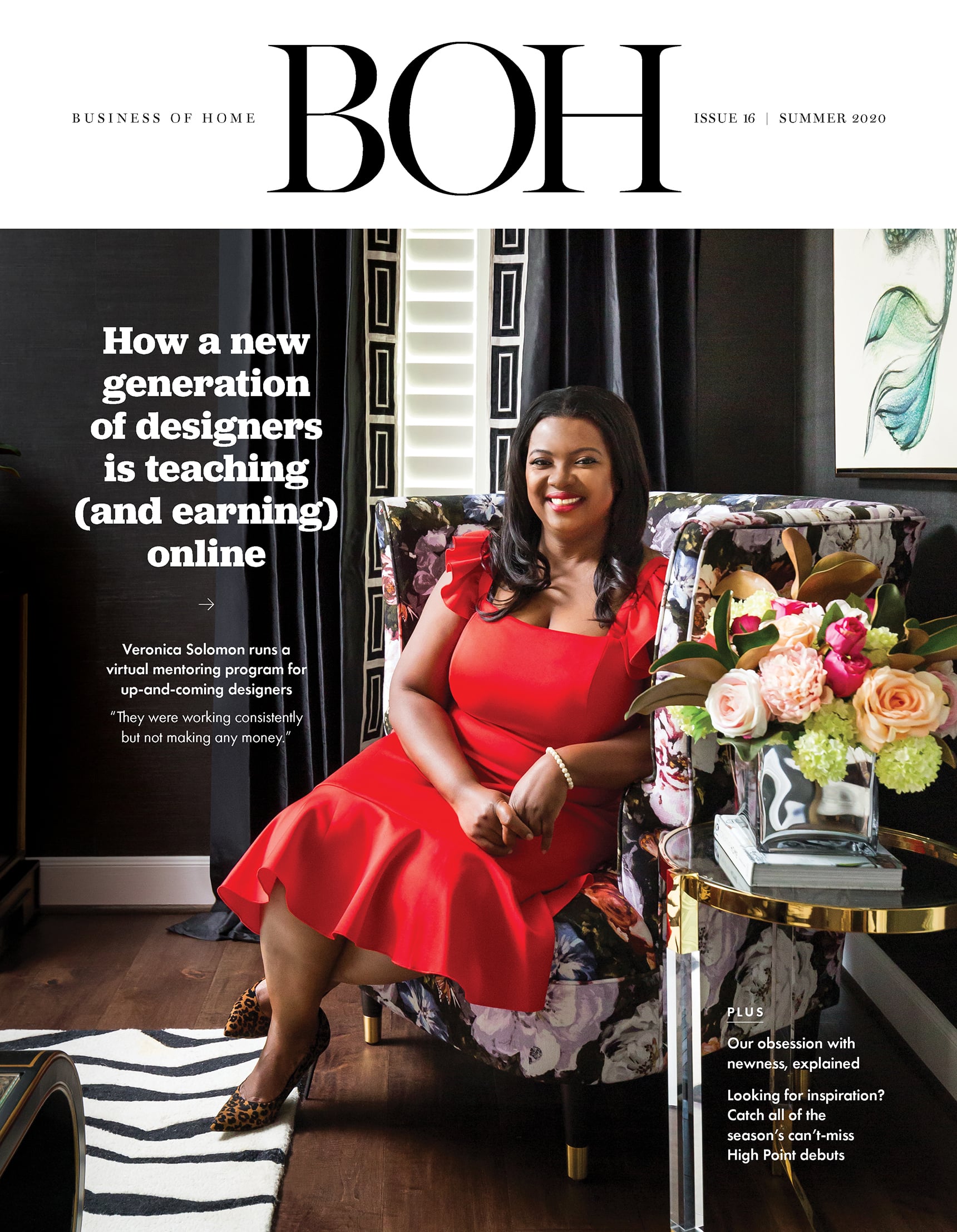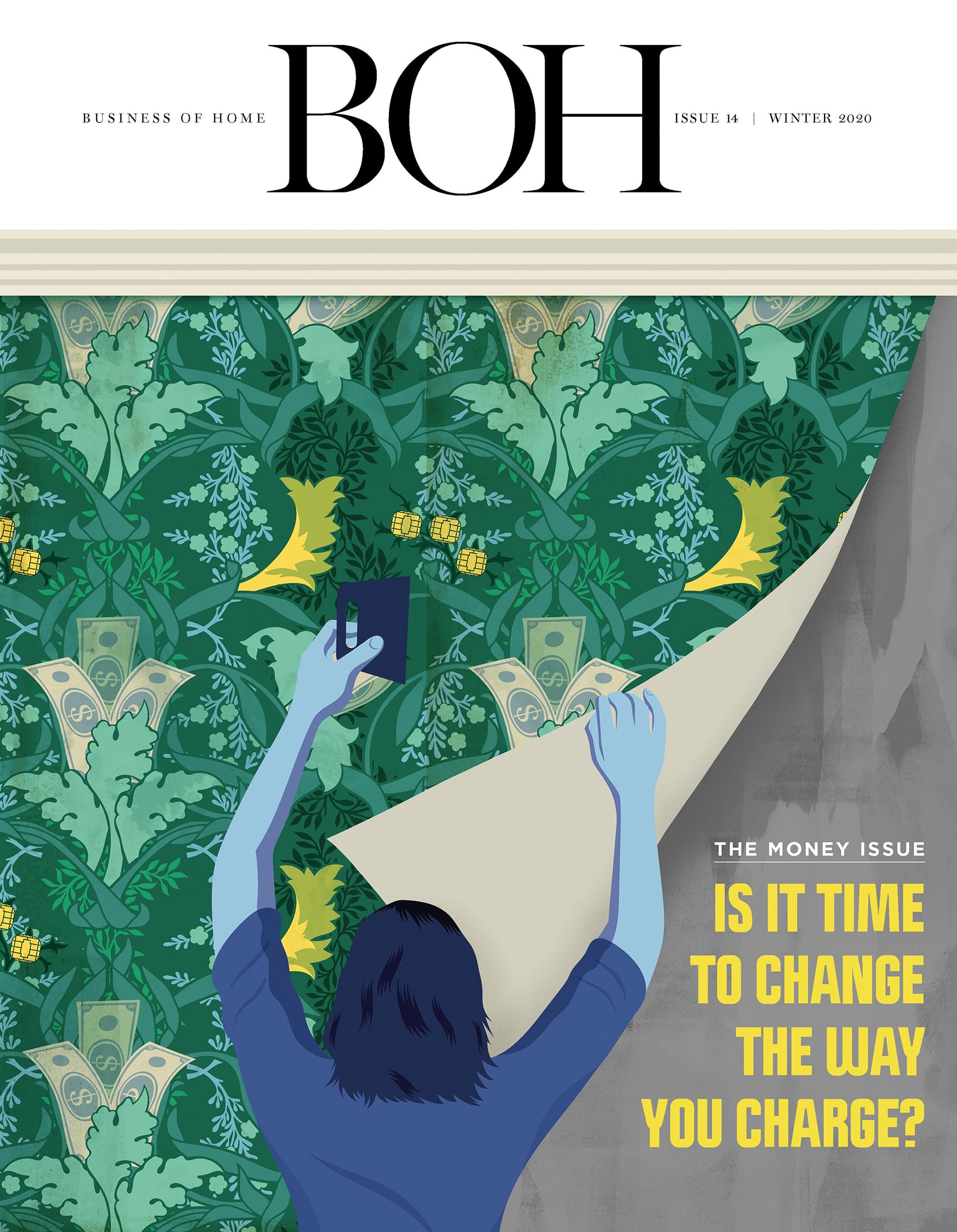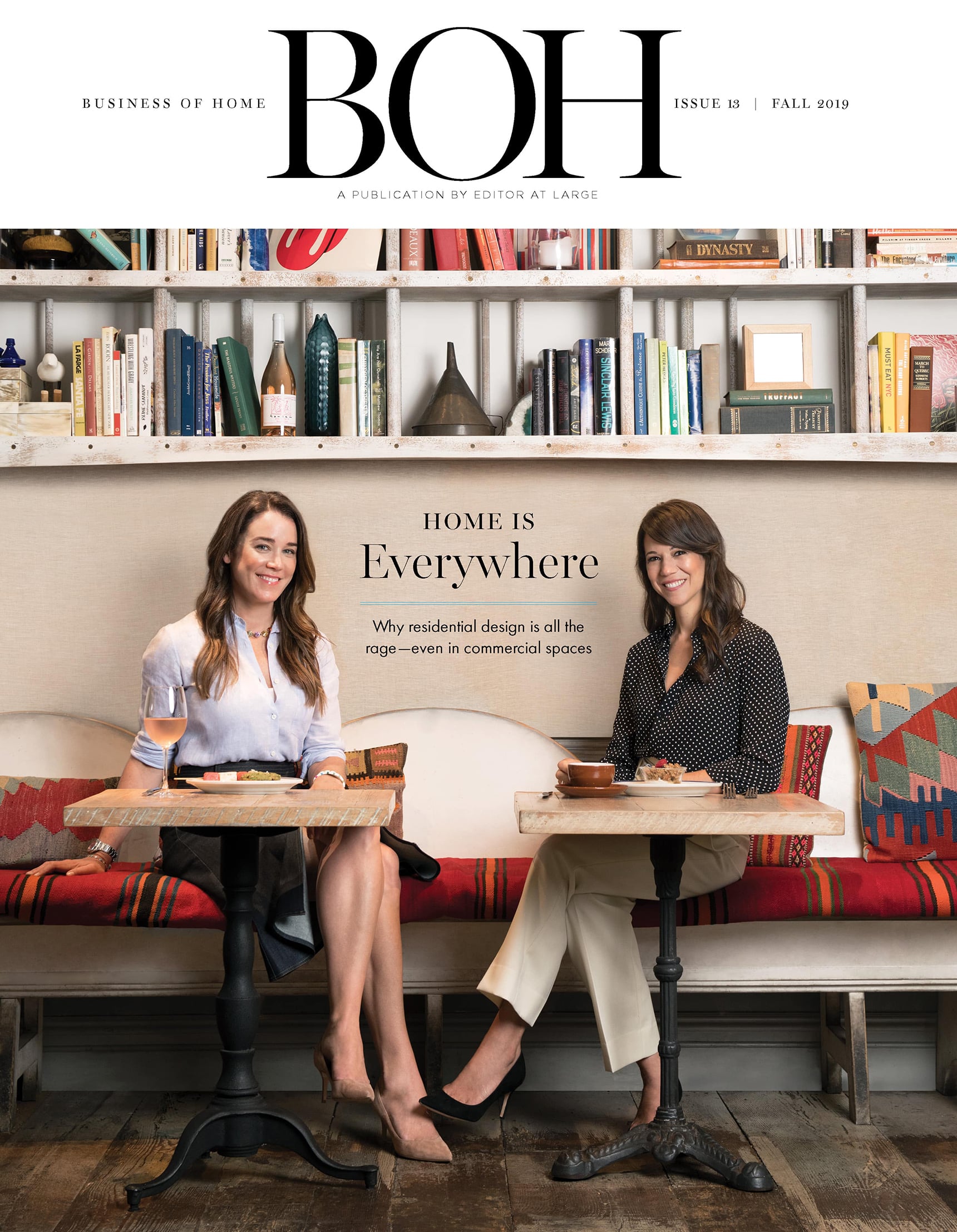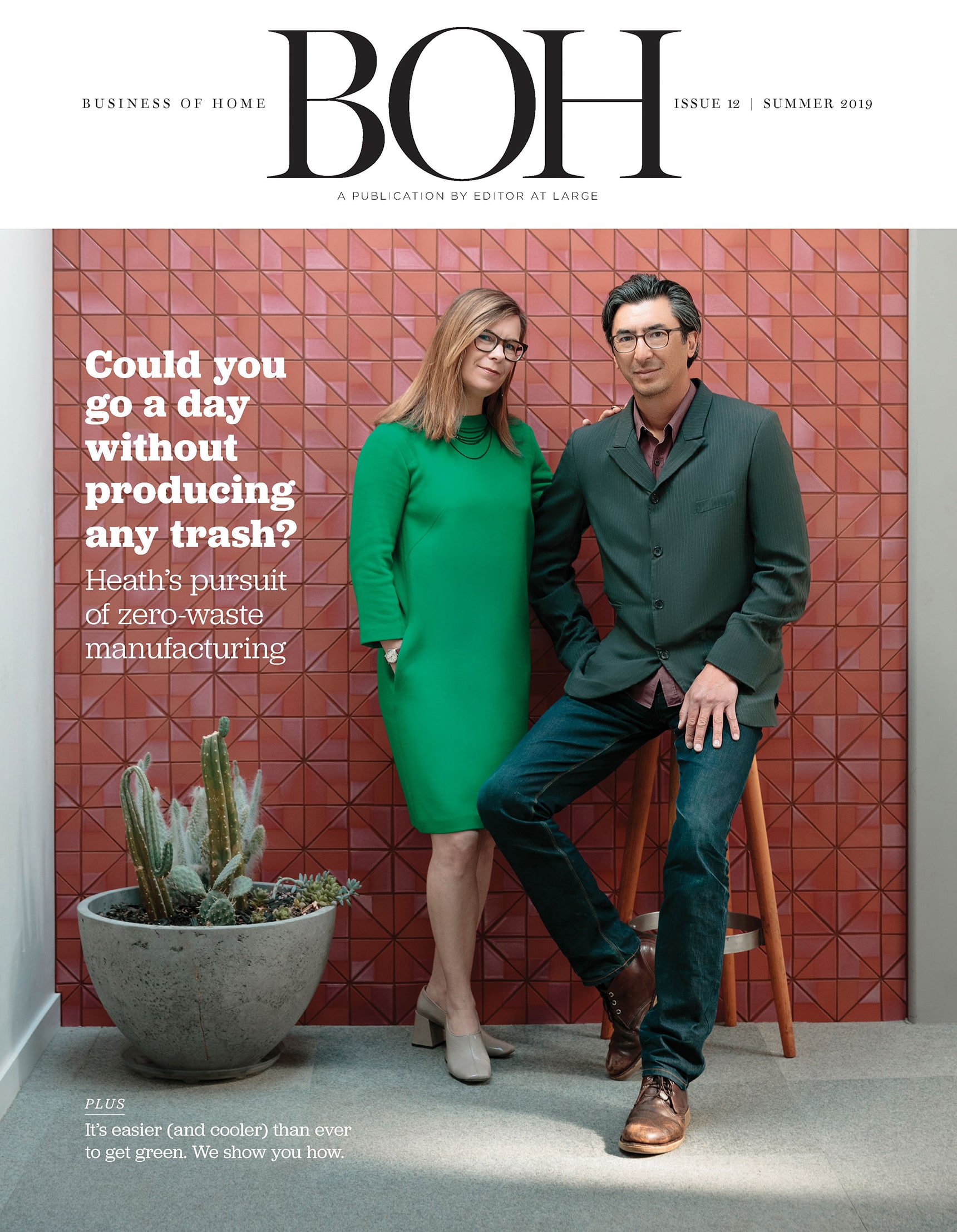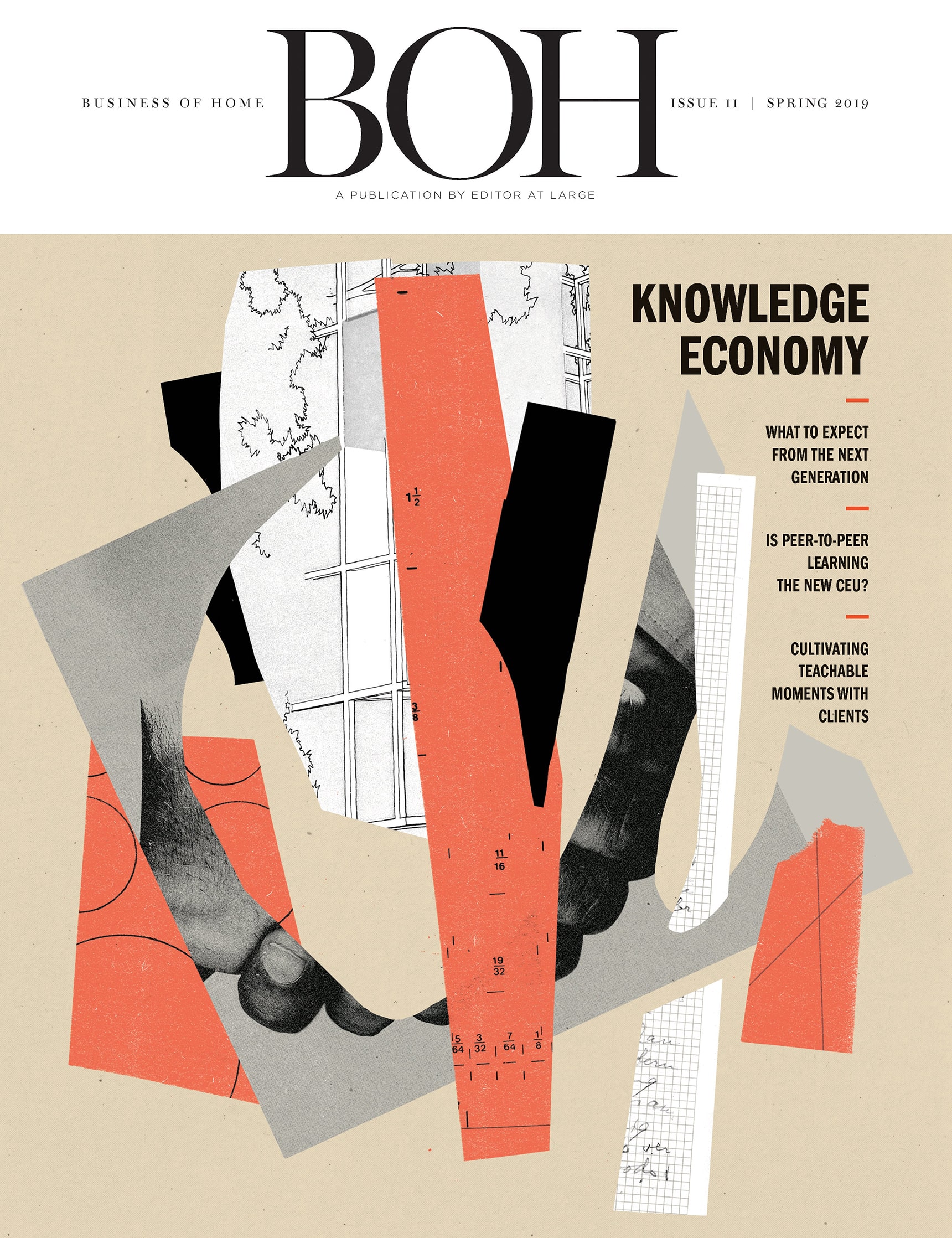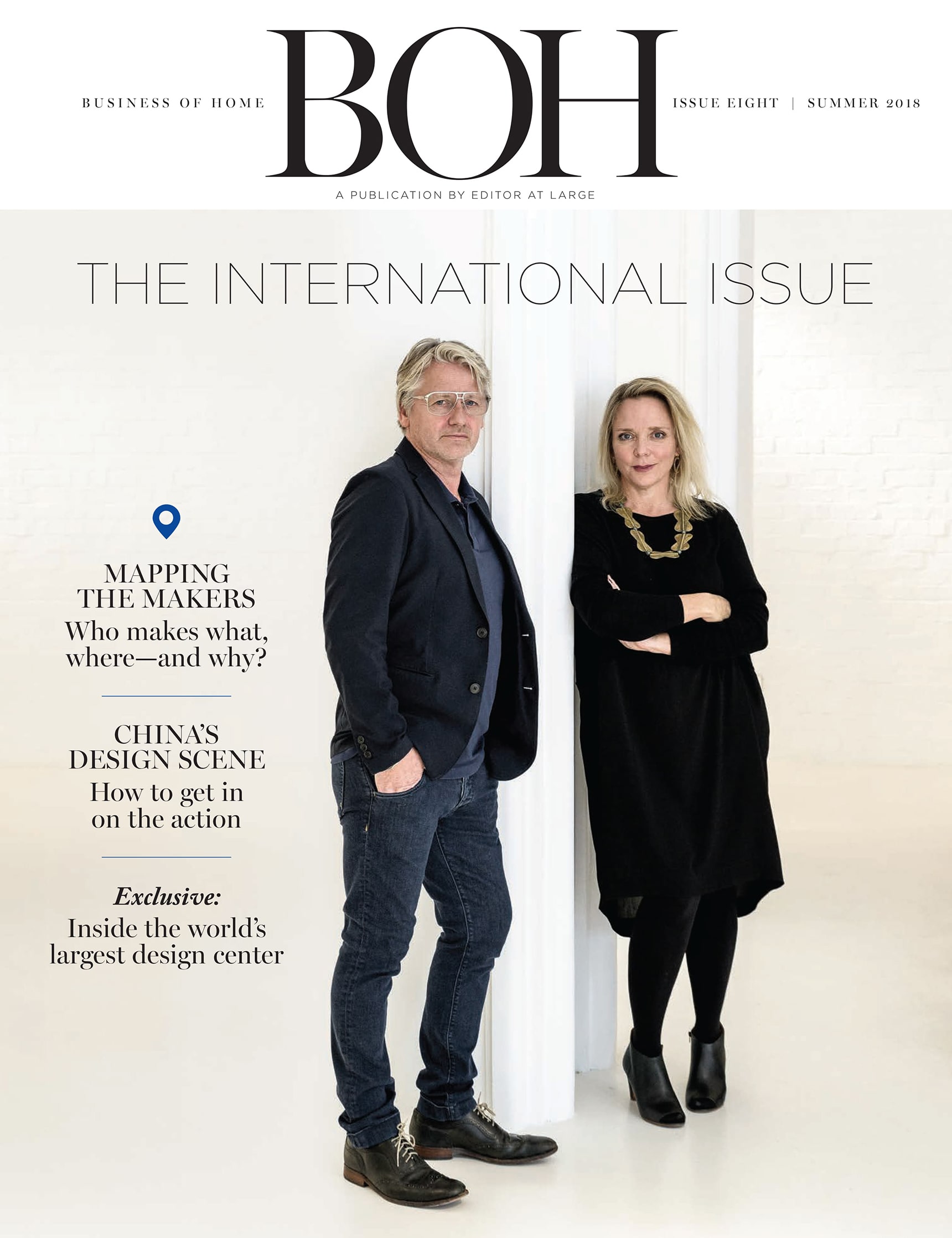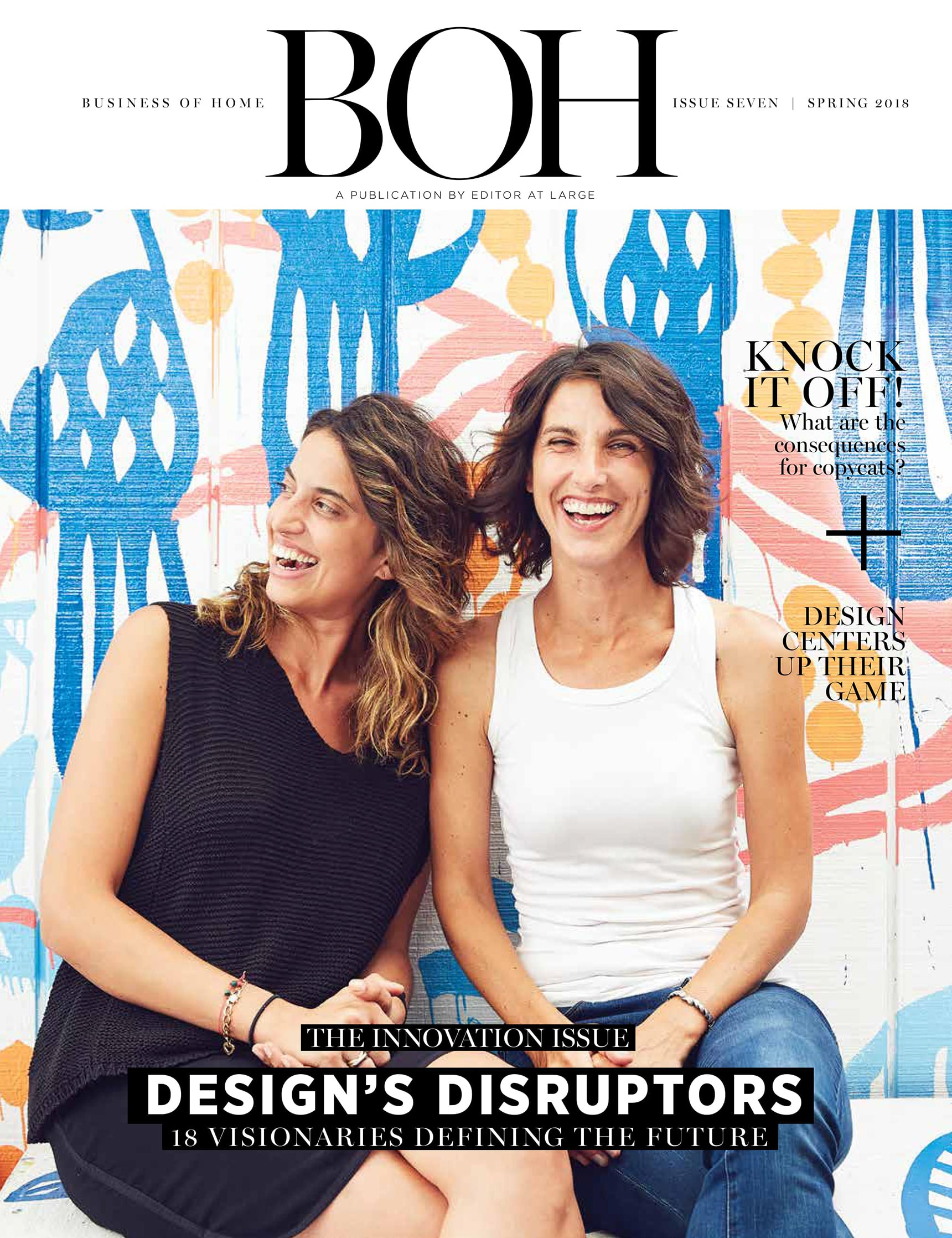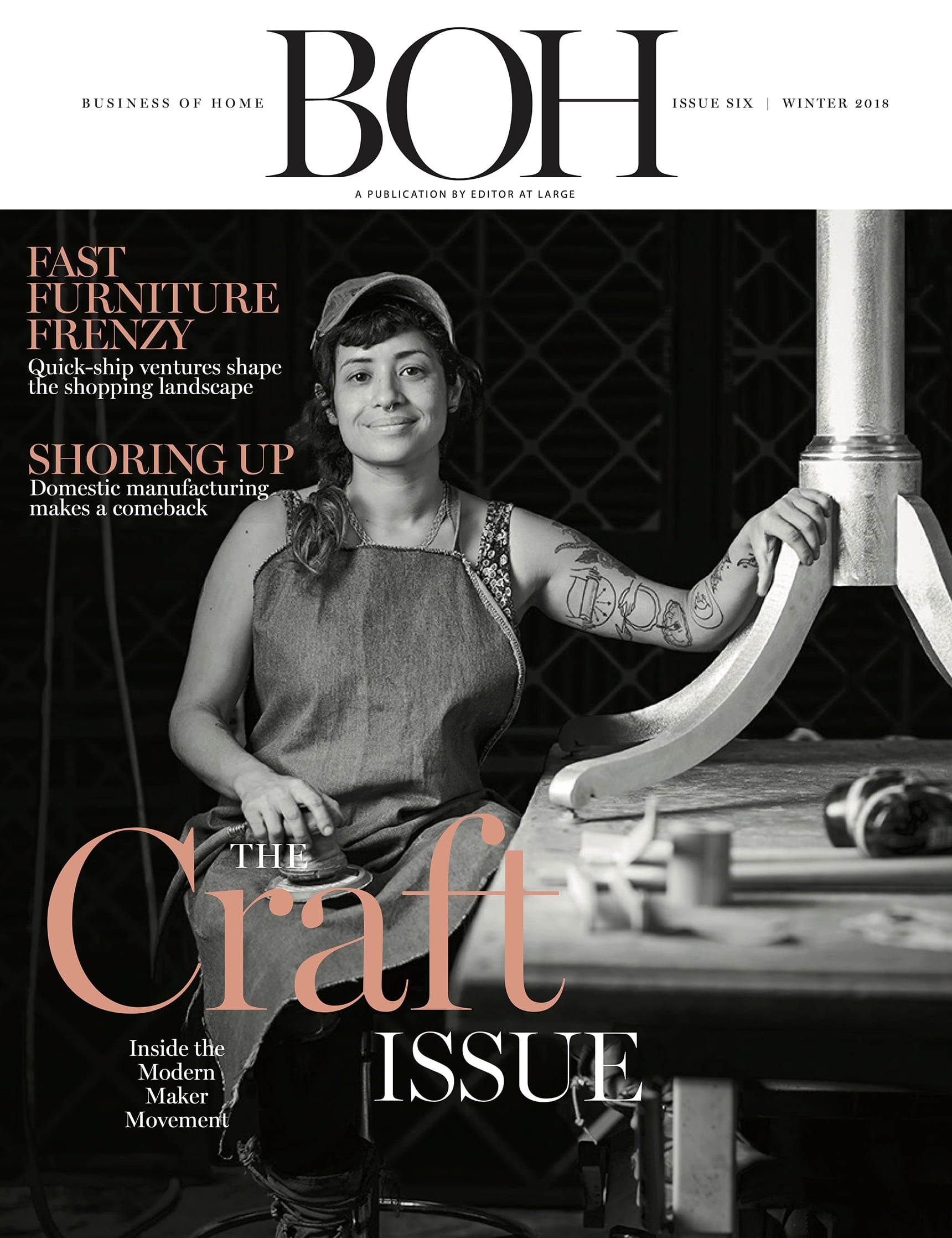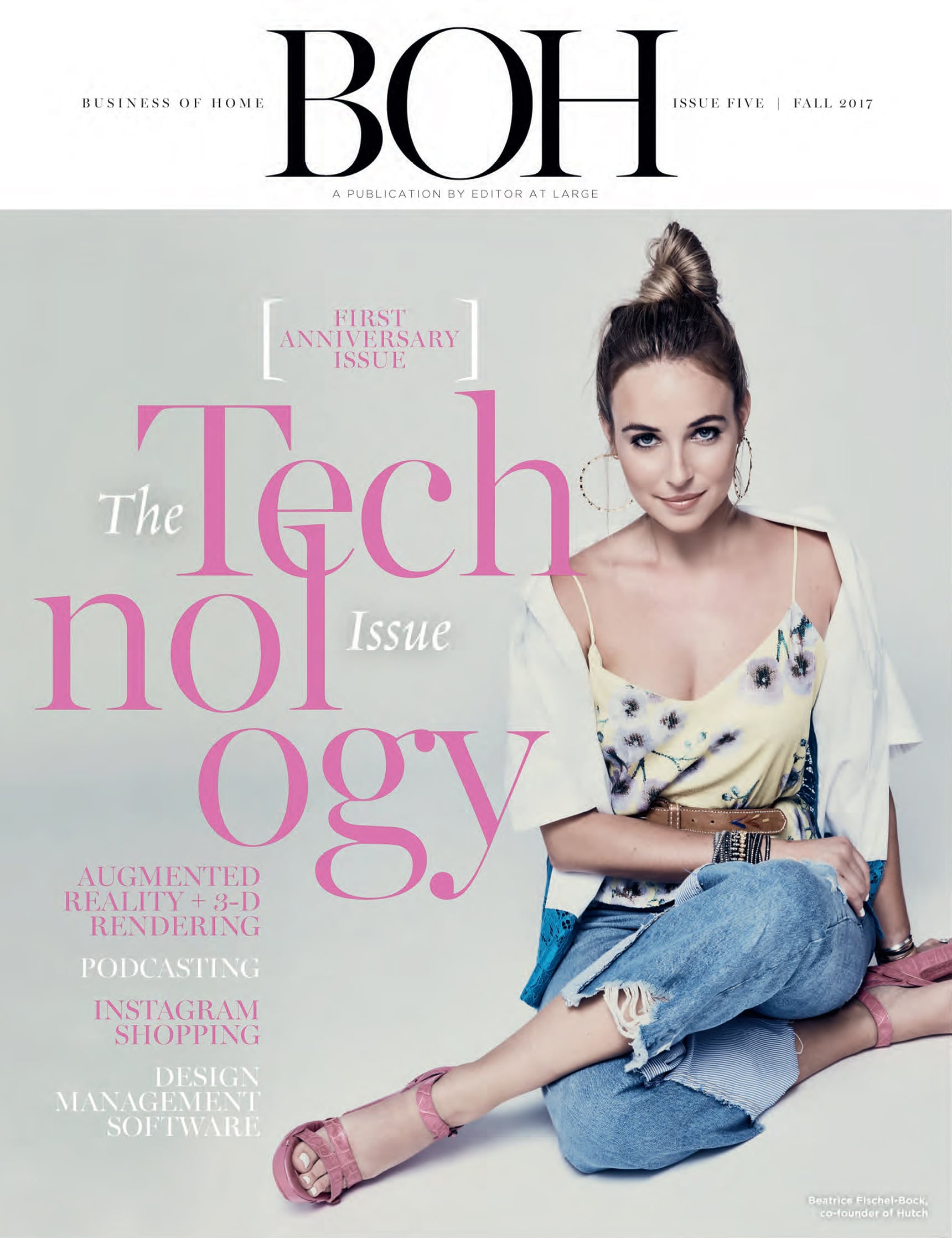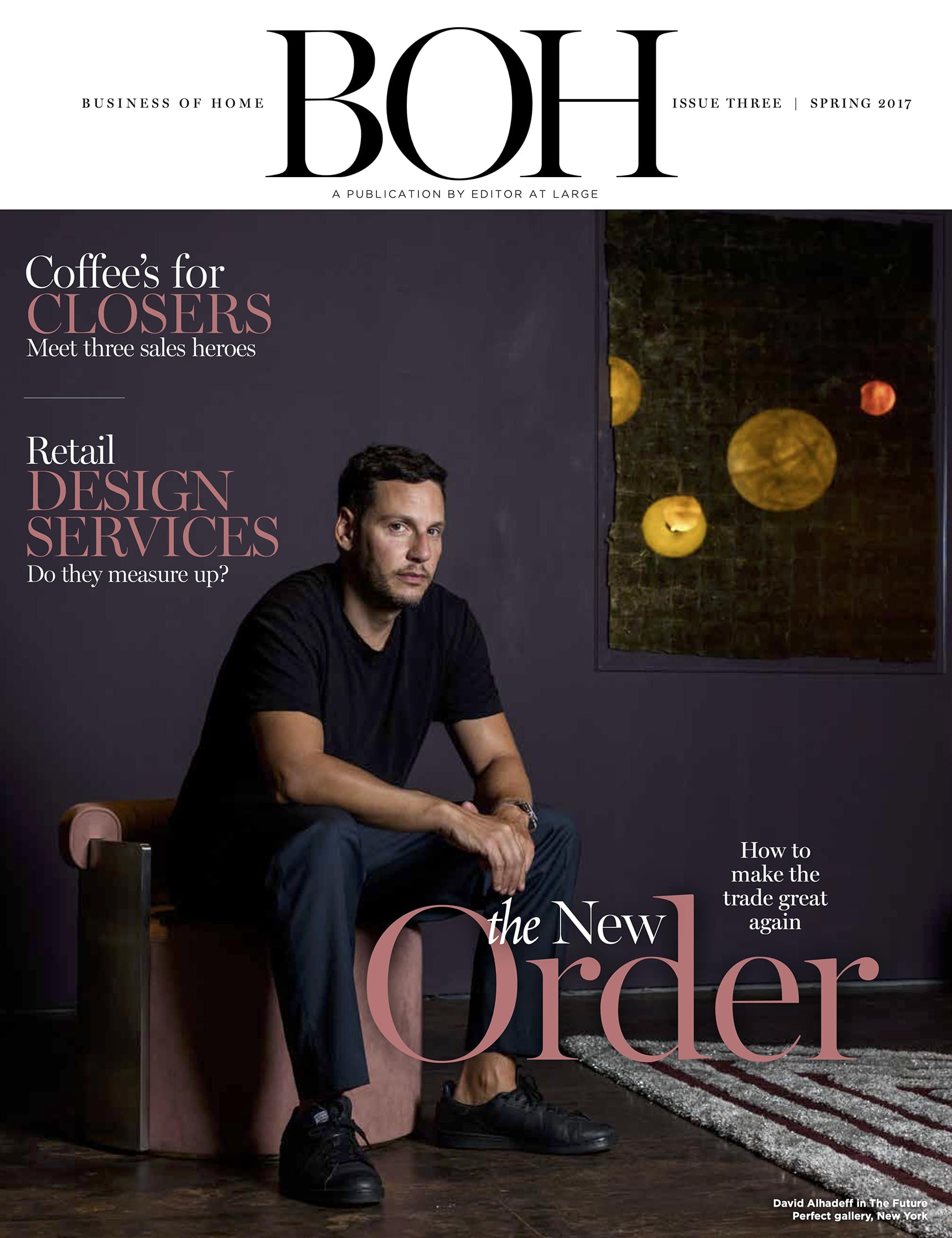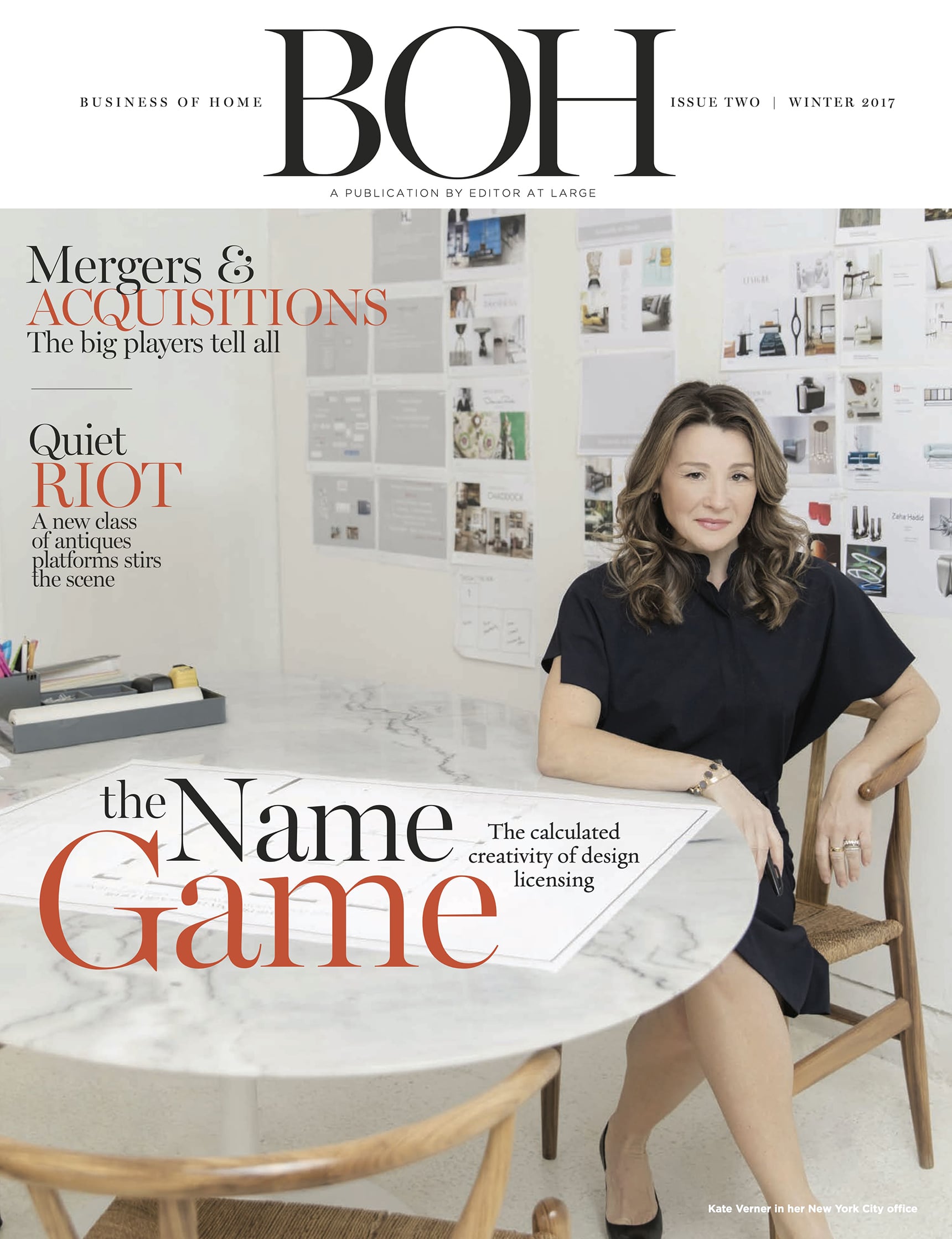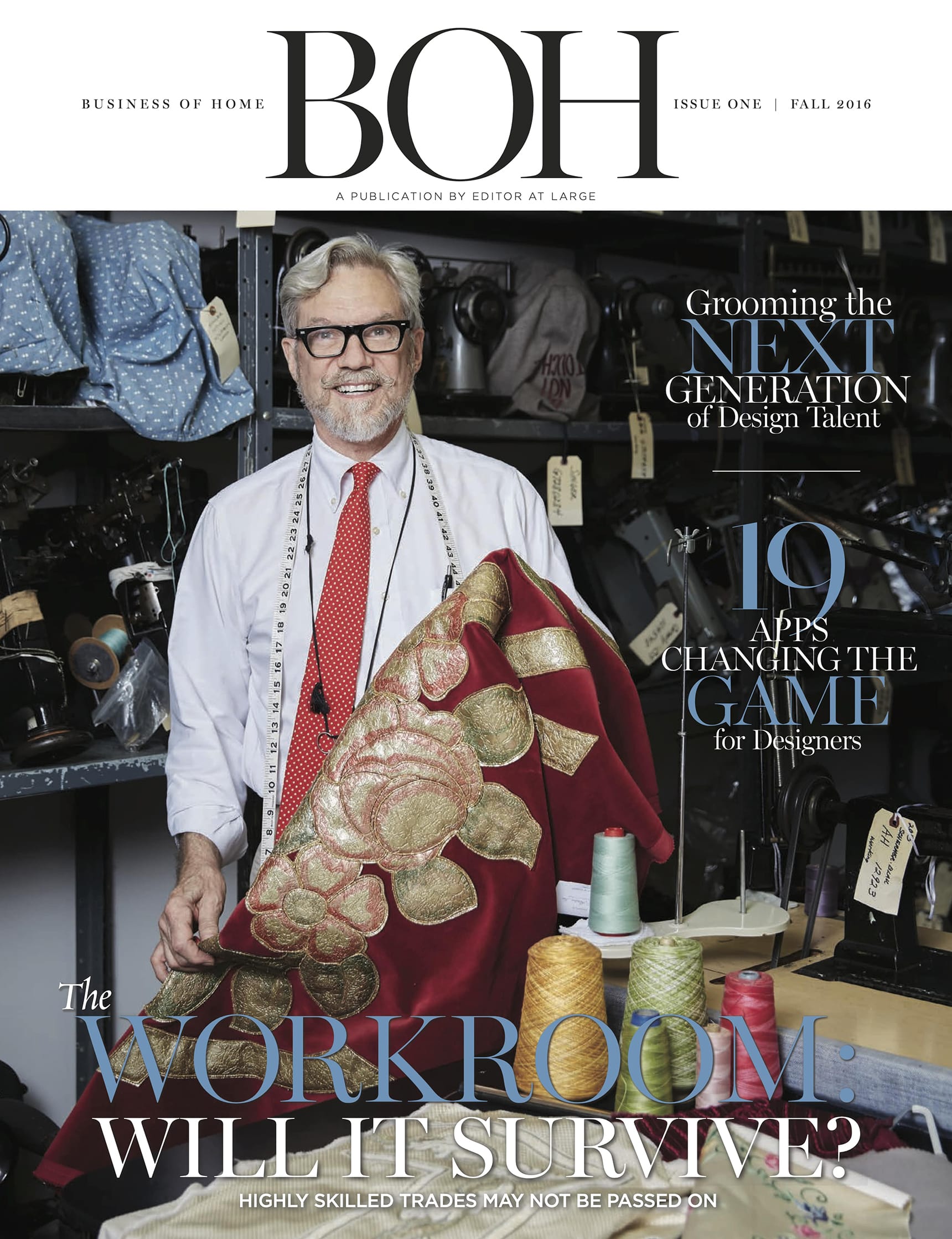Augmented reality and 3-D-embracing innovators Hutch and Modsy are creative bellwethers for tech’s impact on interiors.
For many in the furniture and design world, the first introduction to augmented reality (AR) came several years ago when Google first unveiled Tango, an AR computing platform that allows a phone or a tablet to “see” space the same way we humans do. Tango would become the backbone of applications that would enable the likes of Chairish and Wayfair to project a three-dimensional image of a sofa or table lamp, for example, onto a customer’s phone screen. The user would aim his or her phone in the direction of where that sofa would be placed, and voilà!—it would appear as if by magic, no stressful visualization required.
This same technology has been refined and expanded to address one of the biggest stumbling blocks faced by every furniture salesperson on the planet: the customer’s inability to imagine how a piece of furniture will look at home. It’s a simple problem, but it demands a complex solution.
Two enterprising companies are about to overcome this design blind spot by pairing the right tech with a smarter user experience. While Hutch and Modsy might not be familiar names right now, they will be. These companies are disrupting conventions about the design process by offering consumers the ultimate try-it-before-you-buy-it confidence and empowering them to take the reins. And major financial players are taking notice. Venture capitalists are placing big bets on the hunch that 3-D rendering technology and AR are going to create huge opportunities for those companies that can help lead the home furnishings world into the technological age.

BOH subscribers and BOH Insiders.























